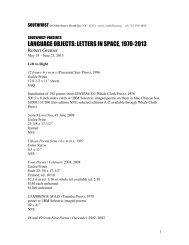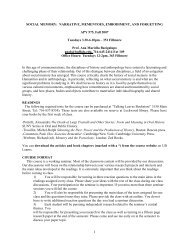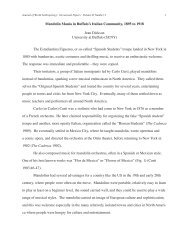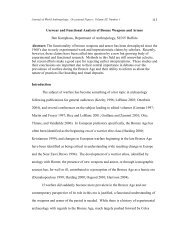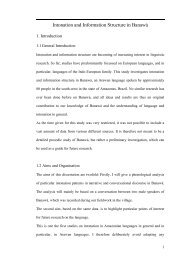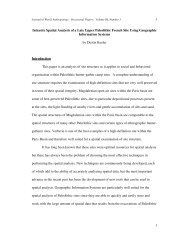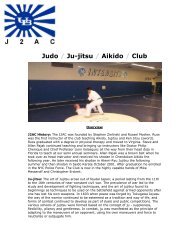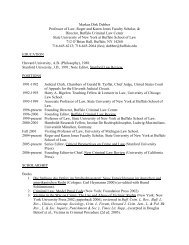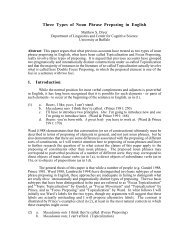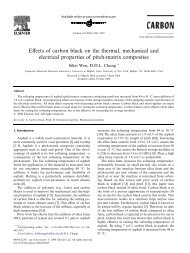Electrophysiological Evidence for Sentence Comprehension - Wings
Electrophysiological Evidence for Sentence Comprehension - Wings
Electrophysiological Evidence for Sentence Comprehension - Wings
Create successful ePaper yourself
Turn your PDF publications into a flip-book with our unique Google optimized e-Paper software.
Six ERP experiments were per<strong>for</strong>med in order to gain insight into language<br />
comprehension in Croatian in three groups of participants: adults, children with TLD and<br />
children with SLI. Role and Reference Grammar distinction between constituent and<br />
operator projection of a clause allowed <strong>for</strong> identification and characterization of the<br />
linguistic processes that correspond to the electrophysiological effects obtained in the<br />
experiments and enabled generalizations regarding syntactic or semantic nature of the<br />
processes. While expectable LAN and P600 effect were obtained in the experiment in<br />
which the case of the direct object was manipulated, in the experiment in which the tense<br />
of the main verb was violated an unanticipated late negative deflection on the left frontal<br />
electrodes was obtained. This late negativity was labeled N400’ since it reflects the<br />
semantic processes related to the time of the event the sentence is about. The results do<br />
not fit into serial models (although one such model, the eADM, is based on RRG), but<br />
better fit to the immediacy models in which in<strong>for</strong>mation is processed as soon as it<br />
becomes available no matter whether it is syntactic or semantic in nature. In addition,<br />
Croatian data fit into the recent results in sentence comprehension studies in which the<br />
syntax-semantics dichotomy is blurred in a way, i.e. syntax related components were<br />
obtained where the violation was not syntactic in nature. As in any language with rich<br />
morphology, in Croatian case markers carry semantic in<strong>for</strong>mation about thematic roles;<br />
there<strong>for</strong>e, a grammatical violation triggers electrophysiological response that cannot be<br />
simply regarded as ‘syntactic’.<br />
Comparisons between adults and children with TLD reveal differences in<br />
electrophysiological traces of sentence comprehension. These differences can be related<br />
158




